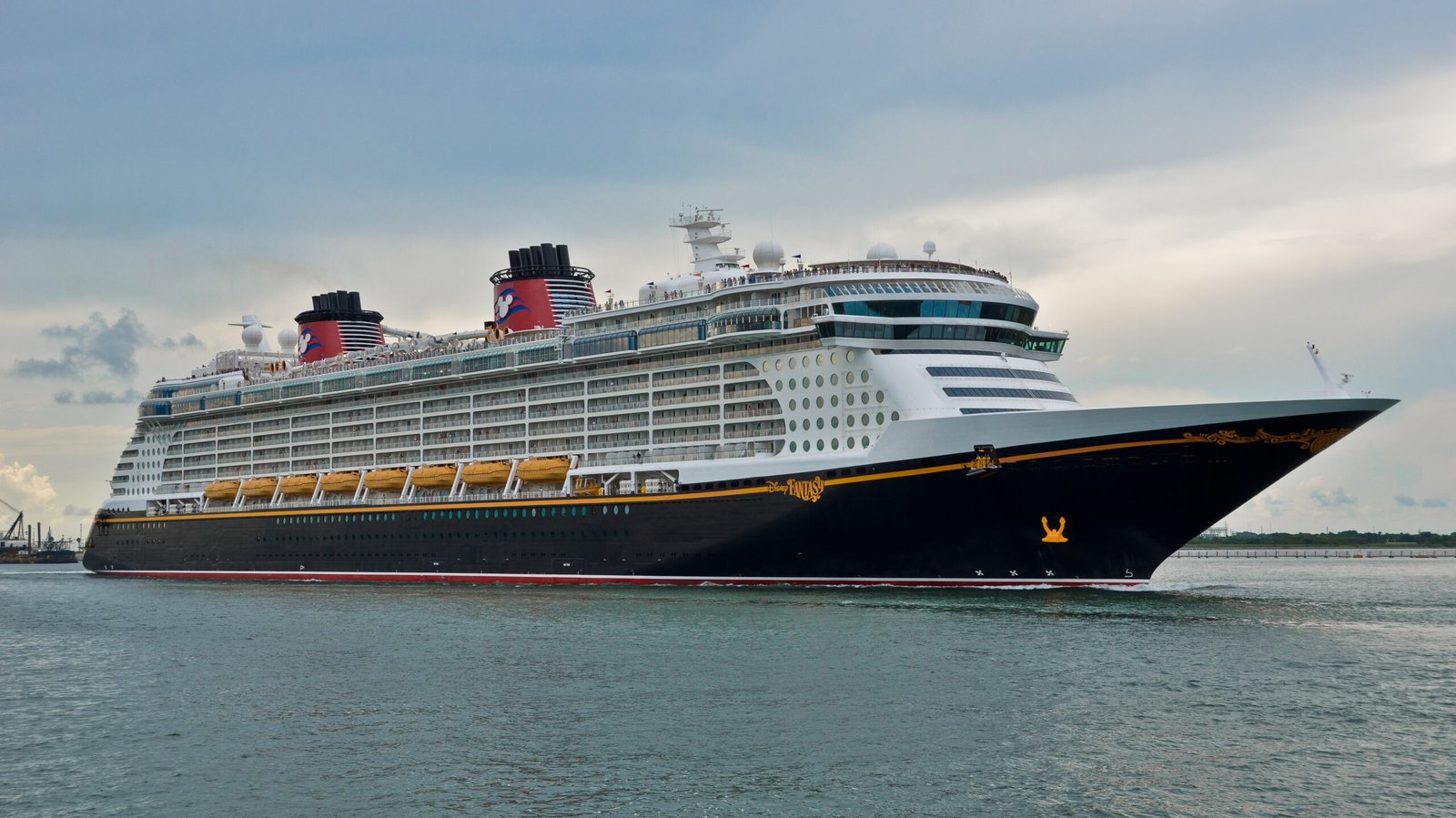If you think that historical sites, lush forests, romantic castles and other sightseeing opportunities are the only things which have a draw for tourists, think again. These days, even the body parts of famous – or even not-so-famous people – serve as a tourist attraction as long as they are prominently displayed in museums.
This is the case with Italian astronomer Galileo Galilei’s fingers. They were first displayed at the Museo di Storia del Scienza in Italy. The finger was detached from the scientist’s body by Anton Francesco Gori in 1737 when his remains were transferred from a small chapel to a mausoleum in a church. In 1841, it was brought to the Tribuna di Galileo and has been passed on to several museums over the years.
Today, two fingers which include the thumb and the middle digit from Galileo’s hand are prominently displayed at The Galileo Museum in Florence. If you’re a science or a history buff, would you actually travel to Florence just so that you can see a famous departed’s preserved body part?
Whether your answer is a resounding yes or no, it seems as if showcasing body parts is a growing trend in tourism.

Galileo’s Fingers
Is Seeing Body Parts of Famous People a Growing Trend in Tourism?
Aside from displaying Galileo’s fingers, there are many other instances when body parts are deemed as a tourist attraction. Take the Mummy Museum in Gunajato, Mexico as an example. Here, the walls are lined with rows and rows of exhumed bodies which are eerily preserved. The experience of walking through a museum with more than a hundred mummies is both creepy and enthralling.
Another example is the Sourtoe Cocktail Club in the Downtown Hotel of Dawson City, Yukon. What they feature here is a unique cocktail drink which replaces olives with a dehydrated, salt-cured human toe. Although the club does not prominently feature a body part in a museum-like environment, the mere fact that you can actually have a ‘close encounter’ with a human toe is enough to draw tourist and local interest to the club.
There’s also the Mutter Museum in Philadelphia which features the attached livers of Siamese twins Chang and Eng. It showcases the thorax of John Wilkes Booth, President Lincoln’s assassin. There’s even a giant colon which is prominently on display.
Even if you do not plan for such an experience to be part of your travel itinerary, the word of mouth that you are bound to hear will prove to be an irresistible draw. As a result, you might find yourself visiting a tourist spot which oddly, but prominently displays human body parts.
Tourist attractions featuring body parts may be strange, but the novelty and oddness of the experience is something that visitors are not bound to forget anytime soon.



